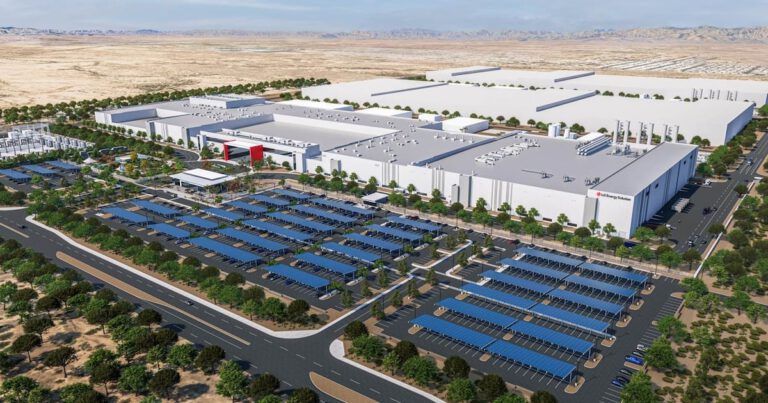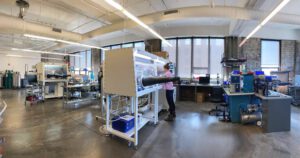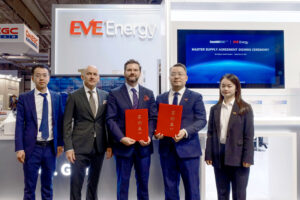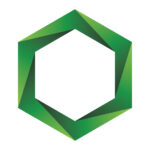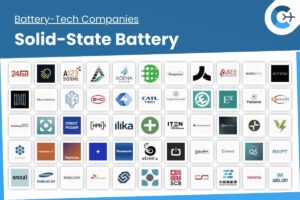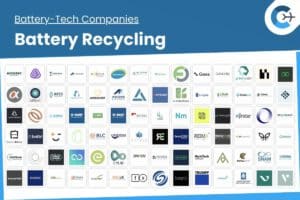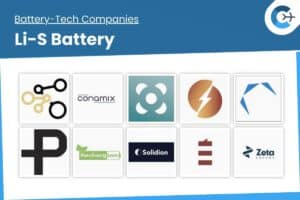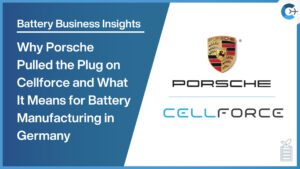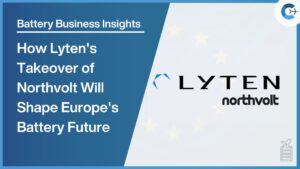The United States has announced an increase in import duties on energy storage system (ESS) batteries originating from China, raising the rate from 40.9% this year to 58.4% in 2026. While the basic import tariff (3.4%), mutual tariff (10%), and a fentanyl-related retaliatory levy (20%) remain unchanged, the tariff applied under Section 301 of the Trade Act will jump from 7.5% to 25%. Section 301 authorizes the U.S. government to impose additional duties in response to unfair trade practices.
With China accounting for more than 80% of the U.S. ESS battery market, industry analysts expect the higher duties to erode the price advantage of Chinese suppliers. Estimated at roughly $73 per kilowatt-hour (kWh) in 2024, the cost of Chinese lithium iron phosphate (LFP) battery cells is projected to climb to about $87/kWh next year. Domestic ESS cell prices, meanwhile, already average between $85 and $90/kWh, narrowing the gap substantially.
The Inflation Reduction Act’s tax incentives for energy storage also include stipulations designed to limit reliance on certain foreign entities. Beginning in 2026, projects seeking investment tax credits (ITC) and advanced manufacturing production credits (AMPC) must ensure that components provided by designated “foreign corporations of concern”—including Chinese firms—do not exceed 45% of total manufacturing costs. This requirement is expected to benefit South Korean battery manufacturers aiming to serve the U.S. ESS market.
Major South Korean producers are accelerating their U.S. expansion plans. LG Energy Solution commenced mass production of LFP cells for ESS at its Holland, Michigan, facility in June and reported a U.S. backlog exceeding 50 GWh in the second quarter. The company plans to boost its U.S. ESS capacity from 17 GWh this year to 30 GWh in 2026. Samsung SDI is gearing up to start ternary ESS cell production by year-end, with further LFP production capacity slated for the latter half of 2026. SK On, which has yet to enter the ESS segment, is in active negotiations with project developers and expects to announce supply agreements soon.
At the upcoming RE+ 2025 event in Las Vegas (September 8–11), LG Energy Solution will unveil a new square-format LFP cell, while Samsung SDI will debut its first ESS-targeted LFP battery. As demand for electric vehicle batteries softens, securing a foothold in the U.S. ESS market offers these companies an opportunity to offset EV-related revenue declines and capitalize on longer-duration service contracts.
Source: Chosun Biz

